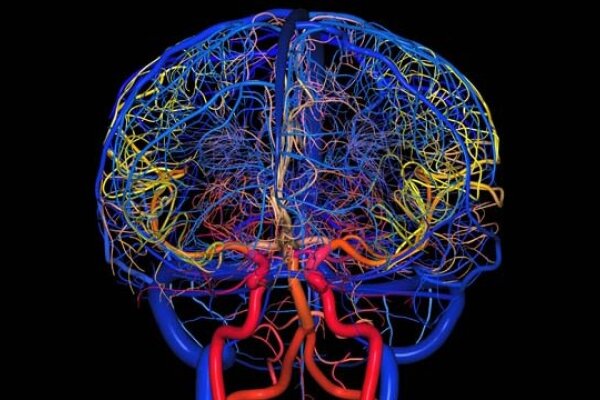2016-02-22

When memories are recalled, they enter a transient labile phase in which they can be impaired or enhanced followed by a new stabilization process termed reconsolidation. Meanwhile, we have more information on the neural processes that constitute this constant updating of memories stored in the synaptic weights of our brain. But we have multiple memory systems and some of them do not reside in the nervous system. It is unknown, however, whether reconsolidation is restricted to neurocognitive processes or can also be found in peripheral physiological functions as well. To answer this question, a group of psychoimmunologists from Essen and biopsychologists from Bochum used a paradigm of behaviorally conditioned taste aversion in rats to study memory-updating in learned immunosuppression. The administration of sub-therapeutic doses of the immunosuppressant cyclosporin A together with the conditioned stimulus (CS/saccharin) during retrieval blocked extinction of conditioned taste aversion and learned suppression of T cell cytokine (interleukin-2; interferon-c) production. This conditioned immunosuppression is of clinical relevance since it significantly prolonged the survival time of heterotopically transplanted heart allografts in rats. Collectively, these findings demonstrate that memories can be updated on both neural and behavioral levels as well as on the level of peripheral physiological systems such as immune functioning. A huge wide door has been opened by these insights. Memory updating seems to be a widespread process that is in no way restricted to our brain.

When memories are recalled, they enter a transient labile phase in which they can be impaired or enhanced followed by a new stabilization process termed reconsolidation. Meanwhile, we have more information on the neural processes that constitute this constant updating of memories stored in the synaptic weights of our brain. But we have multiple memory systems and some of them do not reside in the nervous system. It is unknown, however, whether reconsolidation is restricted to neurocognitive processes or can also be found in peripheral physiological functions as well. To answer this question, a group of psychoimmunologists from Essen and biopsychologists from Bochum used a paradigm of behaviorally conditioned taste aversion in rats to study memory-updating in learned immunosuppression. The administration of sub-therapeutic doses of the immunosuppressant cyclosporin A together with the conditioned stimulus (CS/saccharin) during retrieval blocked extinction of conditioned taste aversion and learned suppression of T cell cytokine (interleukin-2; interferon-c) production. This conditioned immunosuppression is of clinical relevance since it significantly prolonged the survival time of heterotopically transplanted heart allografts in rats. Collectively, these findings demonstrate that memories can be updated on both neural and behavioral levels as well as on the level of peripheral physiological systems such as immune functioning. A huge wide door has been opened by these insights. Memory updating seems to be a widespread process that is in no way restricted to our brain.